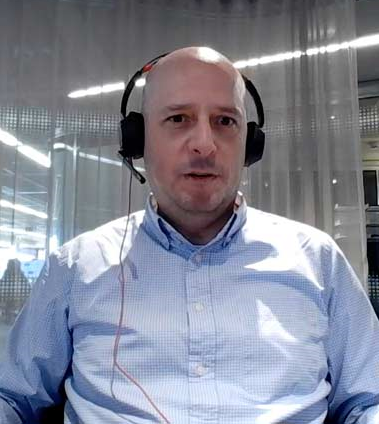It is now widely accepted that securities lending in physically replicated ETFs may create counterparty and collateral risks similar to those inherent in the use of swaps in synthetic ETFs. This has led to regulators calling on ETF providers to improve the transparency around their securities lending practices. With close to half of all physical replication ETFs in Europe now engaged in securities lending, Morningstar ETF analysts have been examining these practices and their latest report, published today, finds improved transparency among some providers but room for improvement across the industry as a whole.
New industry guidelines should see more ETF providers returning the money they’ve made from lending securities to shareholders, but there’s no guarantee this will happen.
"Some providers ... won't pass on any more income [to shareholders] because they consider the fees they currently retain to be fair and reasonable."
Indeed, our analysts feel that changes made by providers to address these guidelines may be more a matter of ticking the boxes, but they hope that such changes—and further pressure from elsewhere in the industry—will prompt ETF firms to re-evaluate whether their fees are justified.
"As we expected, some providers have already taken action to return more income to investors, while others have said they won't pass on any more income because they consider the fees they currently retain to be fair and reasonable,” comments Hortense Bioy, senior European ETF analyst for Morningstar. “Ultimately, we hope that the additional transparency requirements, together with competitive forces, will help drive down the costs associated with securities lending, providing enhanced returns to investors."
Before you read the new Morningstar report, here’s a quick synopsis of our analysts’ key findings:
- Regulatory scrutiny and investor pressure deliver enhanced transparency among some providers
- Investors are now able to access more information on some providers’ websites, including collateral received against securities loans, on-loan levels, and fund returns generated via securities lending
- Disclosure of counterparties' identities remains subject to much resistance; the latest ESMA guidelines on ETFs and other UCITS will require a list of borrowers to be published once a year in the fund's annual reports, forcing change.
- Some providers have reviewed their lending programmes; as a result, some funds have stopped lending assets and others are now subject to limits on the amount of assets they can lend
- An increased number of issuers provide indemnification or some other type of protection against borrower default, and more are expected to do so in the near future.
- The portion of securities lending revenues returned to a fund tends to range from 45% to 70% of gross revenue; a few providers say they return 100% of associated revenues, net of costs, though they do not currently disclose these costs
- There is no guarantee under the new ESMA guidelines that more money will be returned to fund shareholders; changes made to comply with the guidelines may be more a matter of semantics than economics, but will likely prompt fund providers to review their revenue sharing arrangements and re-evaluate whether fees currently charged are reasonable and justified.
Download the report here.Want to learn more about ETFs? Look to the right for related articles.
TAGS



























